The Masi story begins in 1772, when the Boscaini family carried out their first harvest in the prestigious vineyards in “Vaio dei Masi”, a valley in the heart of the Valpolicella Classica region, one of Italy’s finest vineyard areas. This is where the company name comes from, and it remains a family-owned business, now actively run by the sixth and seventh generation.
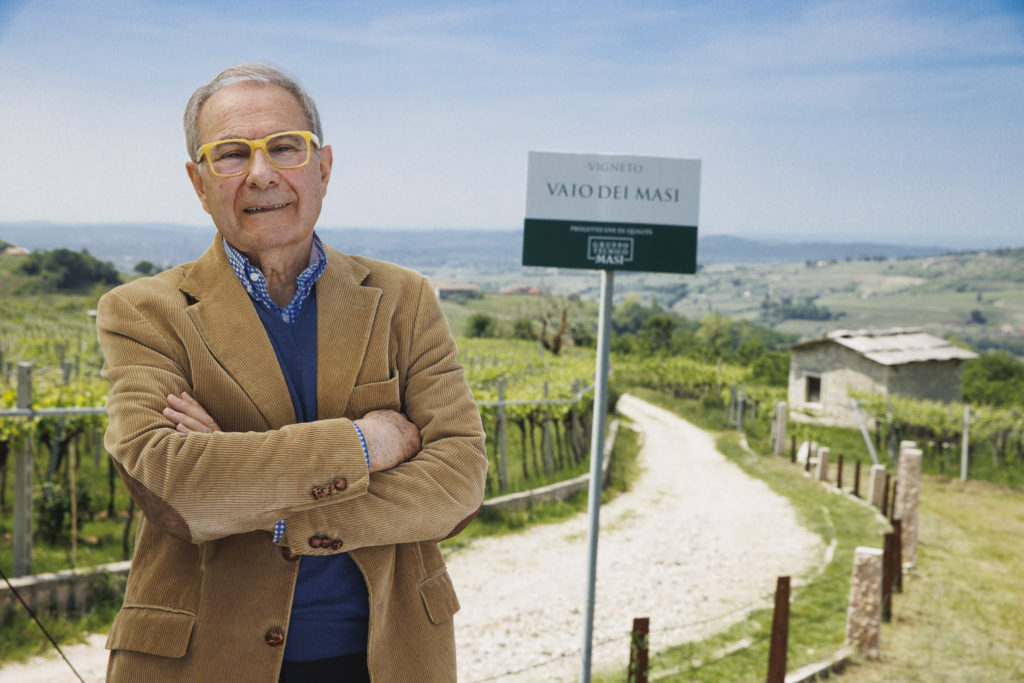
Masi makes premium quality wines that are expressions of the values of their region of origin (Venetian Values), using grapes and methods that are indigenous to the region and applying constant technological updates.
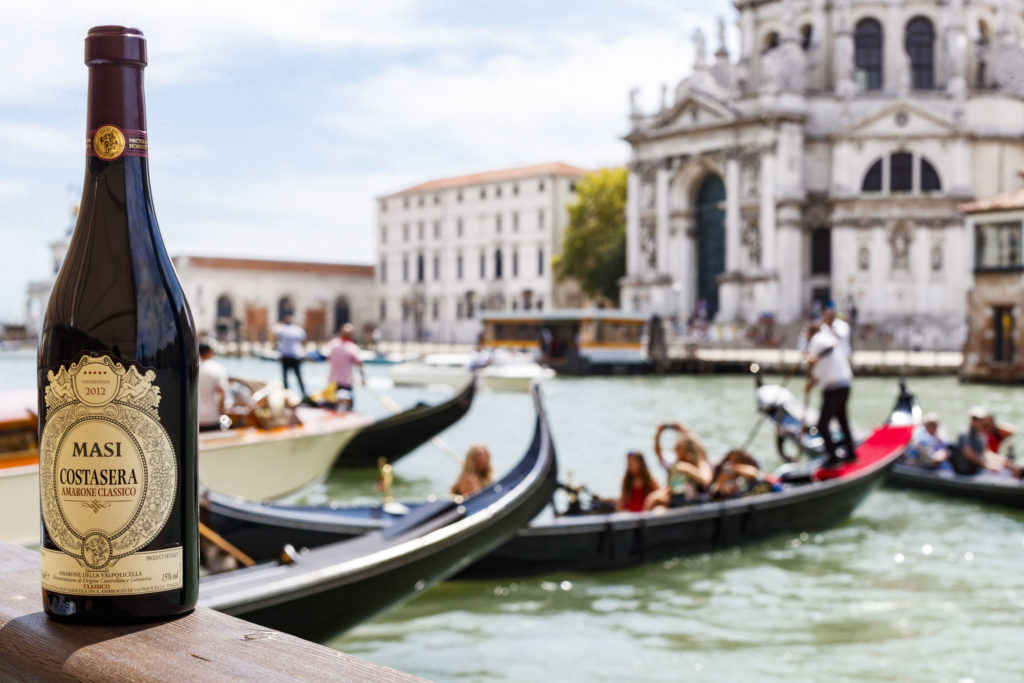
In particular, Masi has recognised expertise in the Appassimento technique and is considered a leader in the production of Amarone. Masi’s President, Sandro Boscaini, is known the world over as “Mister Amarone”, in recognition of the way he has made Masi Amarone into an icon of Italian excellence.
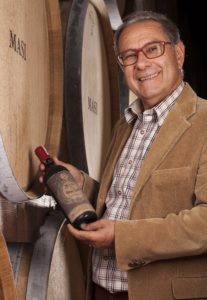
Working with him in the company are his children, Raffaele and Alessandra; his brothers, Bruno and Mario; and his niece and nephew, Anita and Giacomo.
In 1979 the innovative idea of substituting the figure of the winemaker with that of a multidisciplinary team was founded, launching an unprecedented technical system on the Italian wine scene. The Masi Technical Group (MTG) is now a team of experts in different disciplines, in charge of research, experimentation, design and quality control of all Masi wines. The results of their research are significant and have contributed to the innovation and quality of Masi wines and wines of the Venetian regions. Masi owns several organically managed vineyards and estates, such as Poderi del Bello Ovile in Tuscany and Masi Tupungato in Argentina. Respect for the environment and care for the health of consumers is part of Masi’s culture and philosophy. For this reason, the company undertakes to follow sustainable practices in all phases of the production process. In the vineyards, Masi uses natural fertilizers and pesticides, limiting treatments to the strictly necessary; in the cellars, the company uses cutting-edge filtration and purification systems; in bottling and packaging it has opted for recycling and the reduction of waste; and energy consumed in company plant and buildings comes mostly from solar panels.
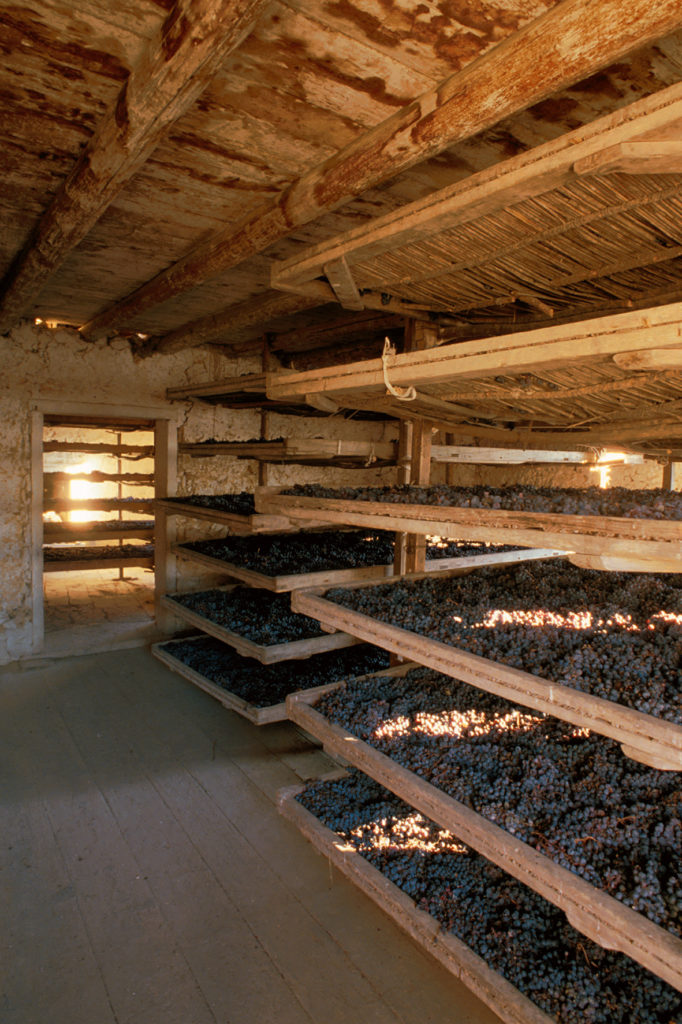
The Masi Technical Group’s most important research achievements are:
- Pioneering the use of secondary Veronese grape varieties (Oseleta, above all);
- Updating the Appassimento technique, creating a modern style of Amarone and contributing to its international success;
- Enhancing the tipicity of Amarone, using research in maceration and fermentation with particular reference to the importance of the yeasts;
- After helping in the research that revealed the DNA structure of the Corvina grape, carrying out a comparison of the gene make-up of grapes used for Amarone and other important grapes undergoing the Appassimento process.
In the last fifty years, Masi and its Technical Group have used this method in an innovative fashion to make five Amarones and three Reciotos, the widest and most expert range available on the export market.
Moreover, by using only lightly dried grapes Masi has created a range of emblematic wines, the founder of which is Campofiorin.
“As often happens, global success can far exceed even the most optimistic expectations of its creators” (Raffaele Boscaini). And certainly not even his father Sandro, who made it a success internationally: refermenting wine made from freshly picked indigenous Veronese grapes on the semi-dried pomace of the same varieties previously used for the vinification of Amarone.
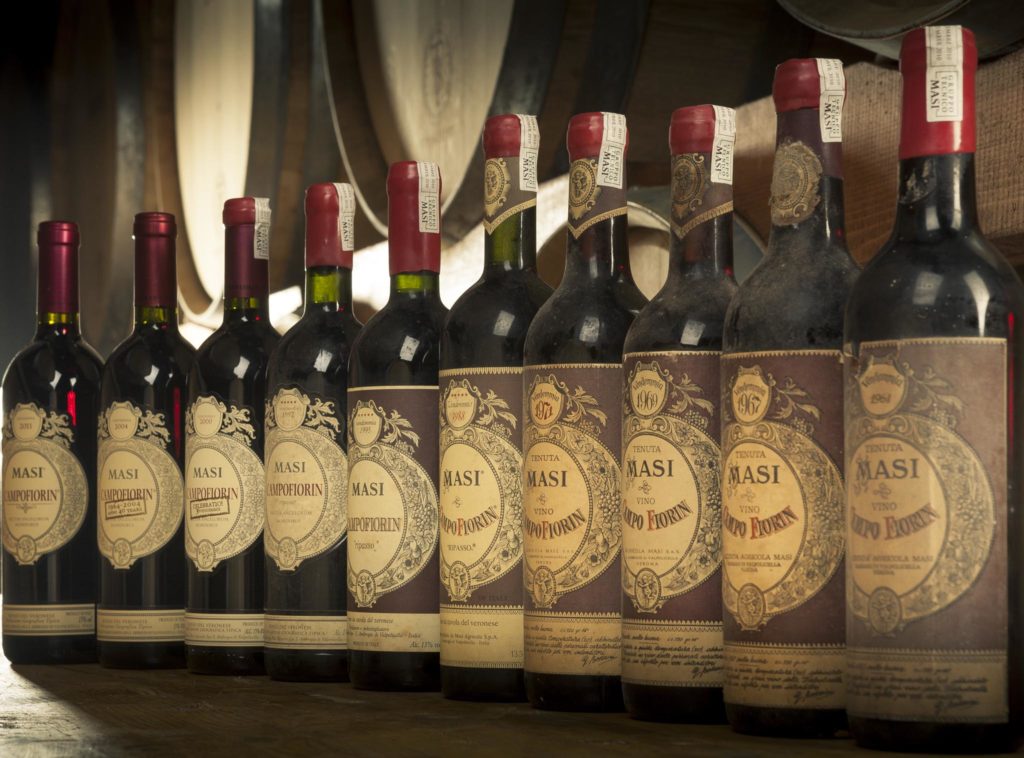
Lastly, Masi has exported its expertise from its home territory to other locations in Italy, and outside Italy to Argentina. One of the most important projects at an international level is called Masi “Wine Experience”, the culture and hospitality project that Masi offers the public by opening not just the doors of its historic headquarters in Valpolicella but also the other seven centres of hospitality locations. They include historic wine estates, in Valpolicella Classica, in the heart of Prosecco at Valdobbiadene, and in Argentina’s Mendoza region. Plus branded Wine Bars and Restaurants on Lake Garda, at an exclusive site at Cortina d’Ampezzo in the Belluno Dolomites, and at Campari House in Maximilian Strasse in the very centre of Munich.
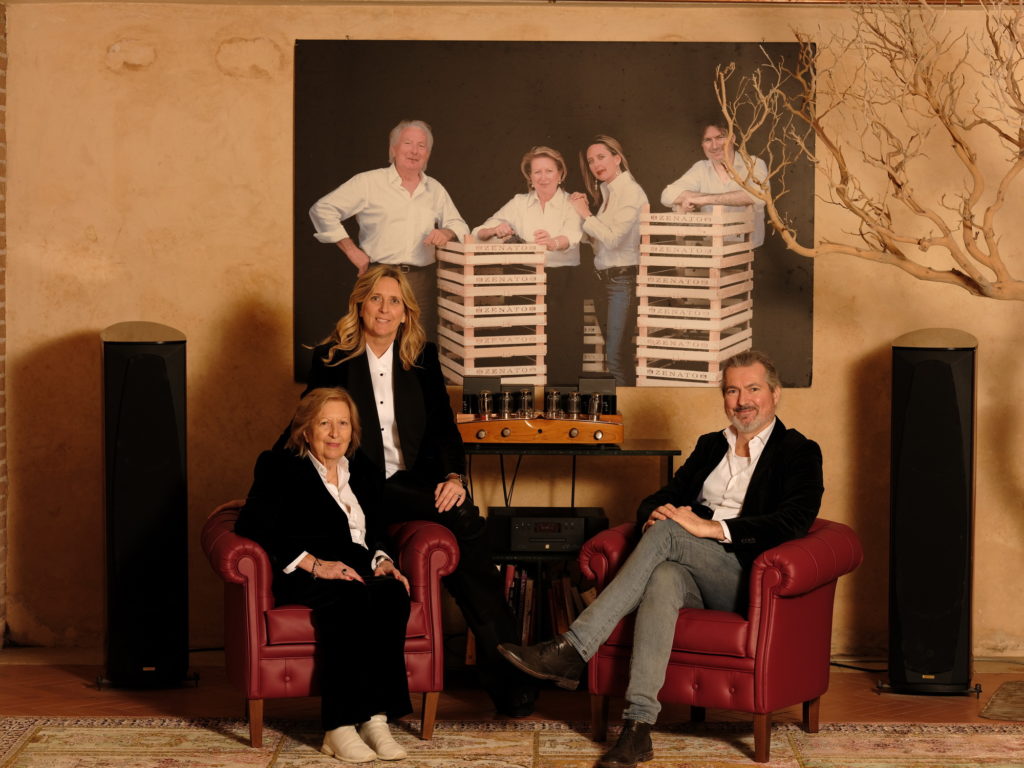
Another significant story of a Verona winery playing a leading role in enhancing the extraordinary potential of an indigenous grape variety is that of Zenato.
From the early 1960s, Sergio Zenato had foreseen the potential of an indigenous white grape variety – Trebbiano di Lugana – contributing to the creation of the DOC in 1967 (one of the first DOCs in Italy) and making it a great white known worldwide. Trebbiano di Lugana possesses extraordinary perks as a result of a unique terroir and microclimate condition, originated from Lake Garda, plus his very precise philosophy of interpretation.
“Although the clone of Trebbiano di Lugana is plentiful Sergio understood that the key to success would be quality, and from here his choice to keep yields low,” says Nadia Zenato.
He had decided to invest, betting on quality and experimenting with its versatility and longevity: low yields, the utmost care in vineyard and cellar work. He immediately set out to communicate to consumers that his Lugana was born in a distinguished area, on the southern shores of Lake Garda, and he claimed its quality by linking it to the nearby land. In fact, Lugana San Benedetto carried a map of Lake Garda on its label with the landmark San Benedetto.
“It was in 1993 when we sought to prove the versatility and longevity of Trebbiano di Lugana as well as to demonstrate how Lugana grapes in this very special area could give rise to great wines suitable for aging and ageing. As a result, the Lugana Riserva Sergio Zenato represents the highest expression of the value we place on the land, respect for nature’s rhythms, and the labor in the vineyard and cellar,” continues Nadia Zenato. The “Riserva” designation has been included in the Doc appellation starting only from the 2011 vintage.
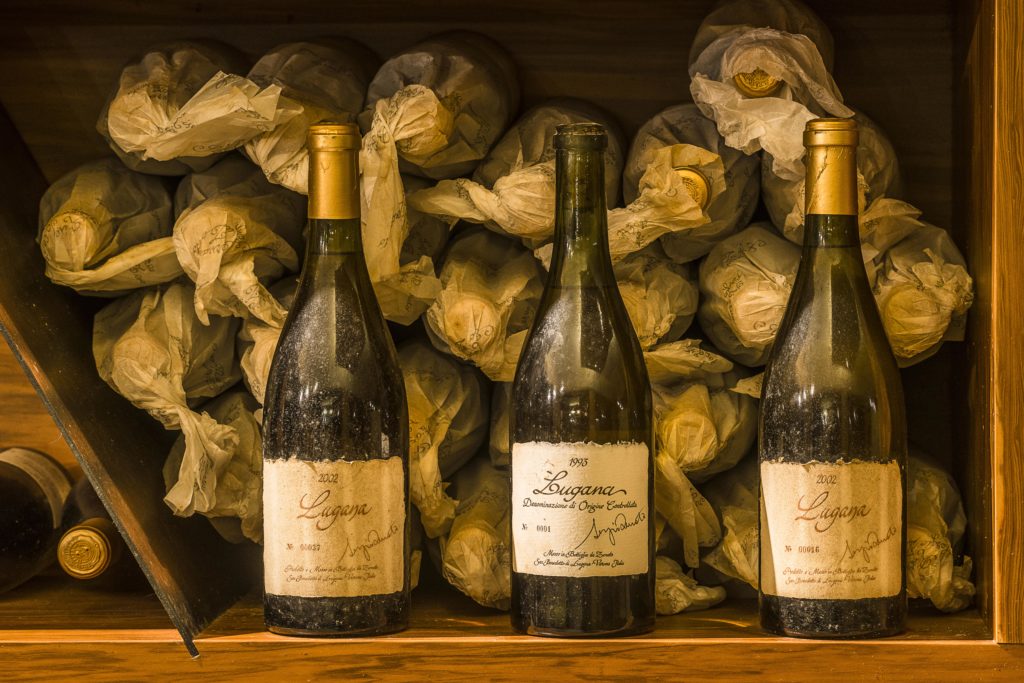
“Knowing the potential of Trebbiano di Lugana and its versatility, since as far back as the 1980s my father made the first attempts with the then “champenois” method, today Lugana Metodo Classico Brut. Given the overwhelmingly positive results, with the 2007 vintage we decided to store some bottles and wait for their development. This led to the release of our first Lugana Pas Dosè label, with a 2013 disgorgement, which matured 120 months on the lees. Now on sale is the 2008 vintage, disgorged in March 2022”.
From the soul of Lugana to the heart of Valpolicella, where native grape varieties such as Corvina, Corvinone, Oseleta and Rondinella are grown and from which the great reds are crafted: the Valpolicella Superiore Ripasso, Amarone and Amarone Riserva Sergio Zenato, the sweet wine Recioto, and Cresasso, a pure 100% Corvina wine, the ultimate expression of Valpolicella’s territoriality, which will celebrate its first 20 years in 2024.
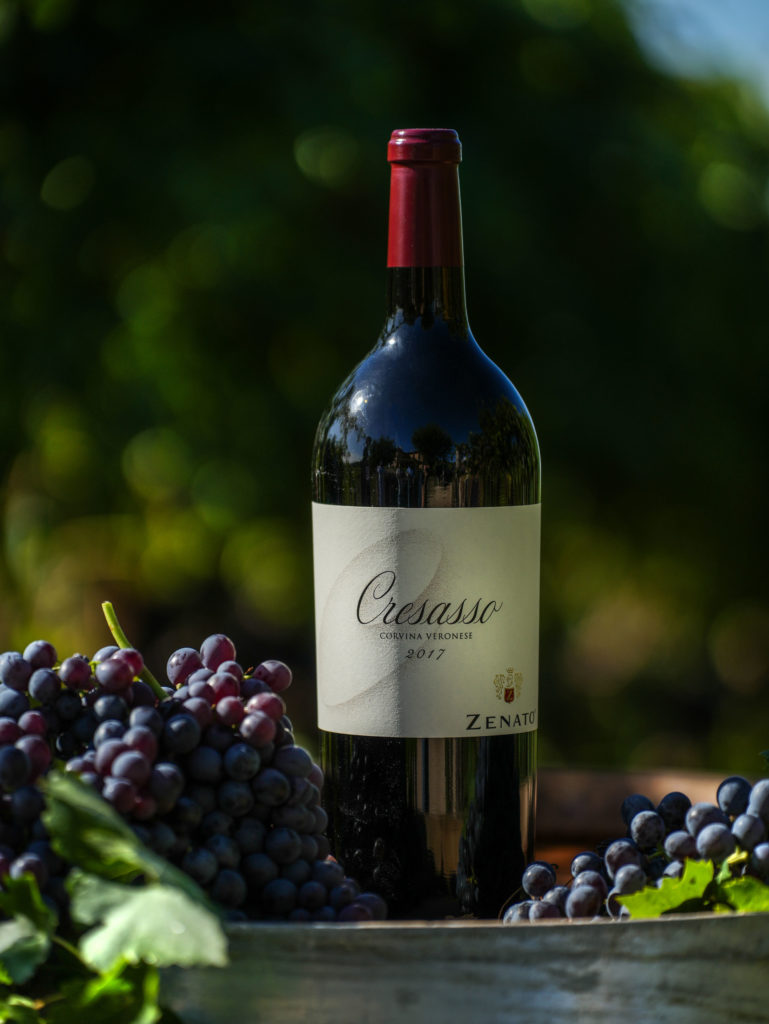
Zenato’s challenge has been to produce in an “demanding” area while respecting the ecosystem and preserving the environmental profile of the hillside, safeguarding, for example, the “marogne,” also known as terracing little dry-stone walls.
With Ripassa Valpolicella Ripasso Superiore, Zenato rediscovered in the early 1990s an ancient Valpolicella method that had fallen into disuse, ripasso. After crushing the dried grapes from which Amarone is made, the Valpolicella wine produced in the October harvest is “ripassed-passed” over the still-warm Amarone pomace. Sergio Zenato’s Amarone Riserva holds a unique claim in the family’s history. Fruit of an intuition shared by Sergio Zenato together with his wife Carla, it was born from a desire to give due recognition to the identity of a territory at the same time as showing dedicated care in appreciating excellent vintages. The 1980 vintage is the first to bear the Sergio’s signature on the label.
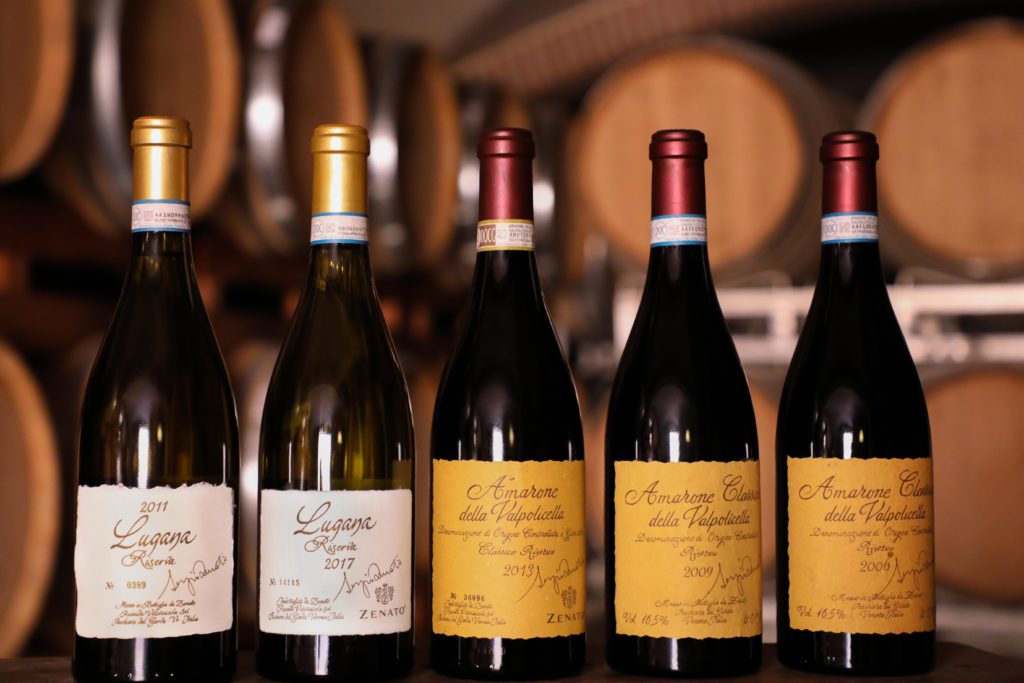
“Our wines tell the story of our land and the commitment we put day after day into spotlighting its specific characteristics, seeking the balance between tradition and territoriality on one side and innovation on the other. Every day is a new challenge to do better and better. Each wine is distinctive, expressing its own personality. That is why it is important to go beyond simple tasting, to discover the land, the culture, the tradition, the passion that lies in each glass. Let yourself be carried away by the emotion that each wine can give rise to.” (Nadia Zenato)
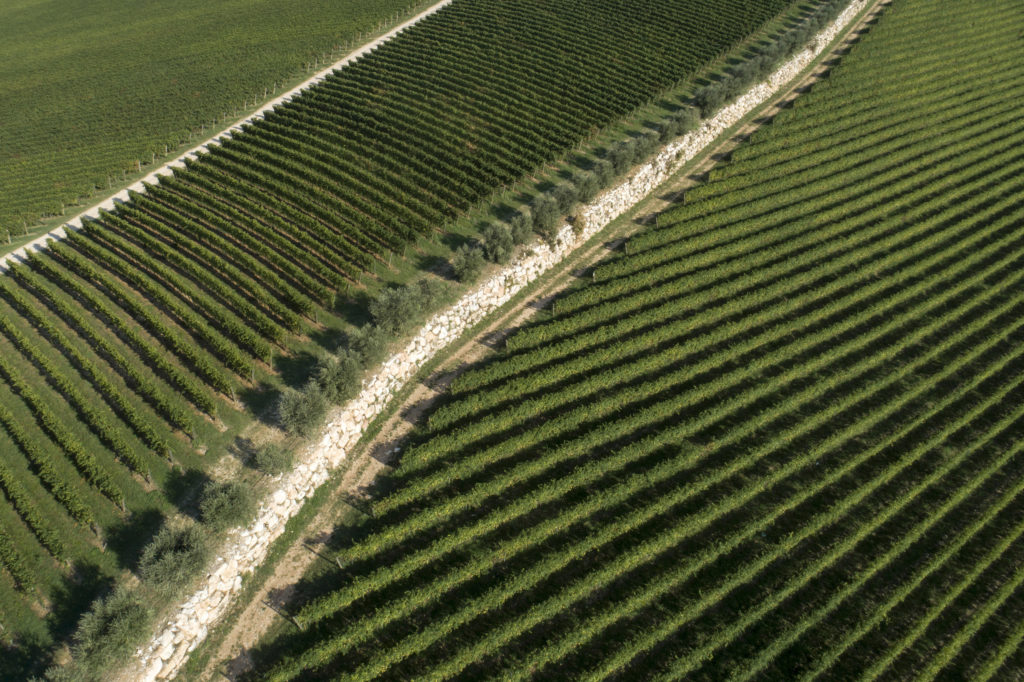
Photo credits: courtesy of Masi Agricola S.p.A. – Zenato Winery
Learn more about Verona Great Wine Capital